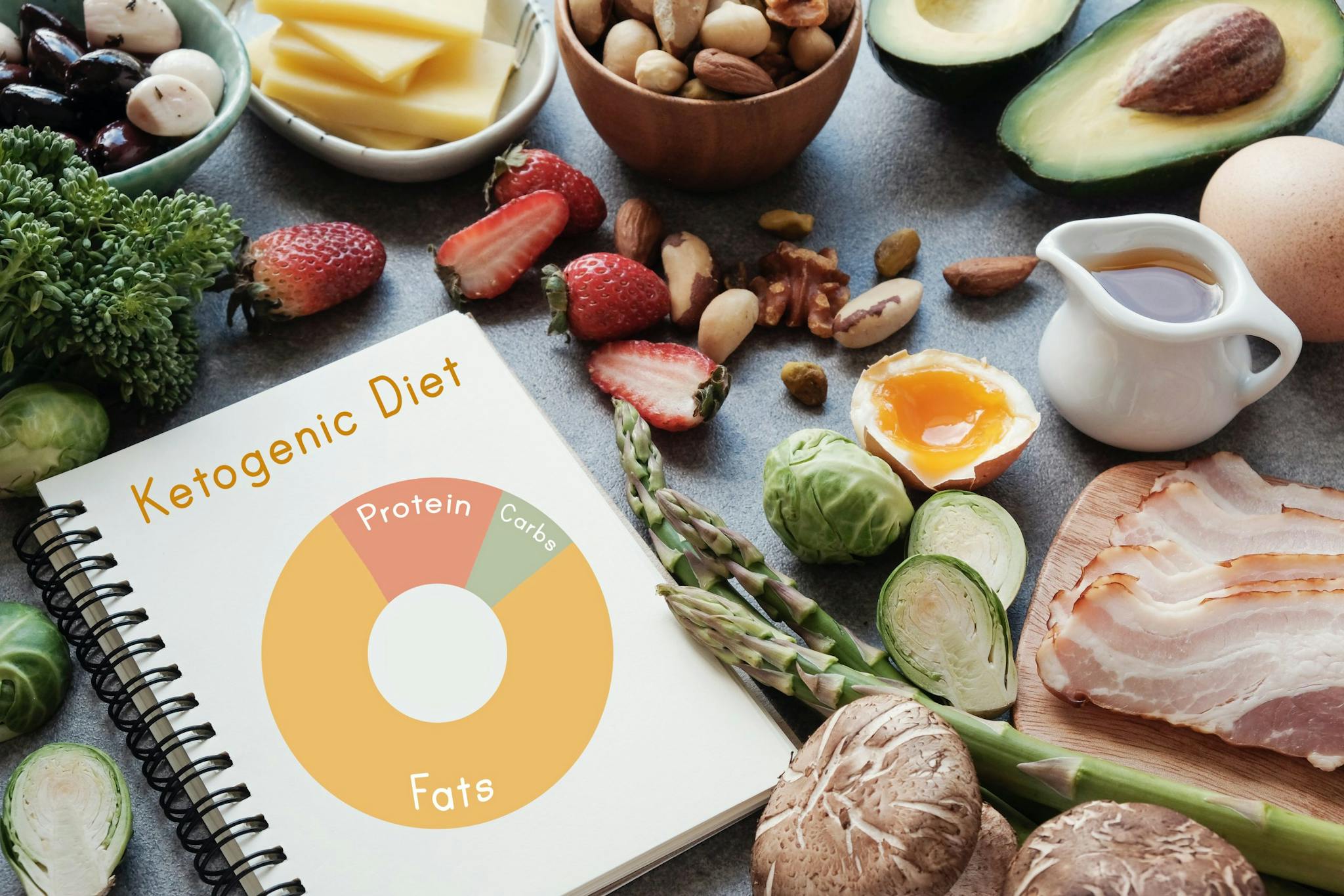For many mothers with new babies, breastfeeding and nursing can be stressful. Some women struggle with creating a normal breastfeeding routine, but many also struggle with the weaning process.
Weaning is Different for Everyone
The term “weaning” refers to the process in which the baby is being fully separated from receiving nutrients from the mother’s breast. This is often a very intuitive process, and a mother’s discretion is key. You know your baby best, as well as your lifestyle and other demands requiring your time, and as such, you’re in the best position to interpret the signs and decide when it’s time to begin weaning.
Dependency often plays a large role here. Some mothers may have a difficult time discontinuing the breastfeeding process because they enjoy the emotional attachment it creates with their child. Alternatively, many babies feel rejected when their mother begins weaning them off the breast. Some children may even become irritated.
Choose a Timeframe That Works for You
The American Academy of Pediatrics recommends that mothers breastfeed for at least a year, and often longer if both mother and baby still desire it. Beyond this, when you start weaning your baby is primarily up to you as a mother. While some mothers base the decision on their own body, others let the baby make the decision:
- Mother-led weaning: Mothers have various reasons to start weaning, whether it’s mother’s intuition, a return to work that limits your availability, or some other factor. Mother-led weaning can require more patience, as the baby may not be at a stage where they fully desire weaning just yet. Because of this, i’s best to avoid a sharp, abrupt end to breastfeeding. Instead, look for ways to slowly reduce breastfeeding frequency until the baby is finally weaned altogether.
- Baby-led weaning: This is based around the baby’s interest in breastfeeding. Many babies simply become more interested in solid foods than breast milk, often by the time they turn 1. If you notice signs like fussiness or easy distraction during normal nursing periods with your baby, it could be a sign that it’s time to start weaning.
If both the mother and baby want it, there’s nothing wrong with extending breastfeeding well beyond a year. It may have benefits including a strong emotional bond and better brain development.
Weaning Methods and Tips
Weaning is a trying process at times, and you have to move slowly and be patient. Here are a few specific methods that might make things a bit easier:
- Substitute feedings: As you begin the process, try substituting a cup of pumped breast milk, formula or whole milk for children over a year old. See how your child reacts, and then continue to cut back on feedings on a weekly basis. This will help both you and your child adjust—your milk supply will start to deplete in response to fewer feedings, which is is a more healthy way to wean the baby than to cut breastfeeding cold-turkey.
- Shorten feeding times: Another good method is to shorten the time of the feedings gradually over a period of weeks. You can supplement the missing milk with a post-feeding snack, which can even be a cup of milk or formula if the baby isn’t yet ready for solid foods.
- Postpone feeding time: If you’re to a point where you only nurse a couple times a day, consider postponing feedings as a way to help improve the weaning process. This can be particularly effective for babies who are just old enough to understand your speech and can be given an explanation.
- Comfort your baby: This can be a difficult time for your baby, as nursing is often a big part of their emotional connection to you as a mother. Use tactics like extra cuddling, cooing, eye contact and a general feeling of closeness to help fill in this emotional gap. If your baby has an issue switching to a bottle, consider moving directly to a sippy-cup instead. In addition, be sure to stay on top of additional nutrients like vitamin D, especially if weaning begins before age 1.
Physical Changes With Weaning
You can expect a few physical changes to the baby when you begin weaning:
- Fewer bowel movements: Your baby will likely have fewer bowel movements after weaning, and they may have harder or more solid stools.
- Gastrointestinal issues: There may be cramping and gas at the beginning of weaning, especially for children between six and 12 months old. These can be relieved by giving the child formula instead of milk until they’re a year old and their digestive system is more developed.
- Fussiness: For babies who are weaned before age 1, there can be issues of crying and fussiness.
Your doctor can offer additional tips on breastfeeding and the proper timing and tips for weaning.
Dr. Oneida practices the full range of family medicine including obstetrics, pediatrics, adolescent medicine, adult medicine and some orthopedics. She also performs colposcopy, cryotherapy and vasectomies. Due to the volume of deliveries done, her practice has evolved to be more centered on women and children’s medicine, although she enjoys all aspects of family medicine.
Sources:
“From Breast To Bottle: Weaning Your Baby.” WebMD. https://www.webmd.com/parenting/baby/features/weaning-your-baby#1
“Weaning: When and how to stop breastfeeding.” BabyCenter.com. https://www.babycenter.com/0_weaning-when-and-how-to-stop-breastfeeding_3272.bc






